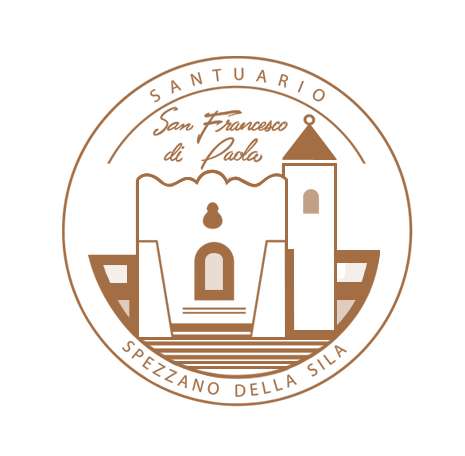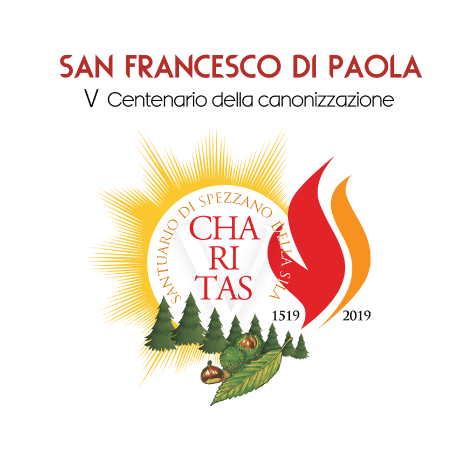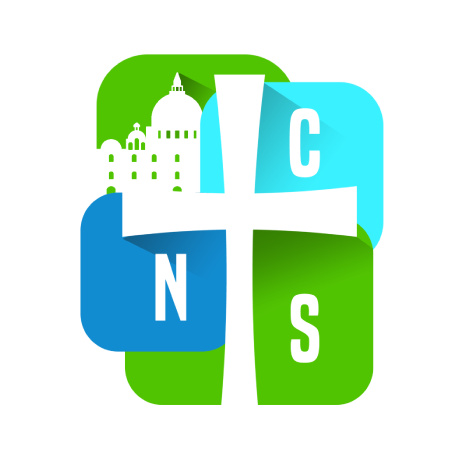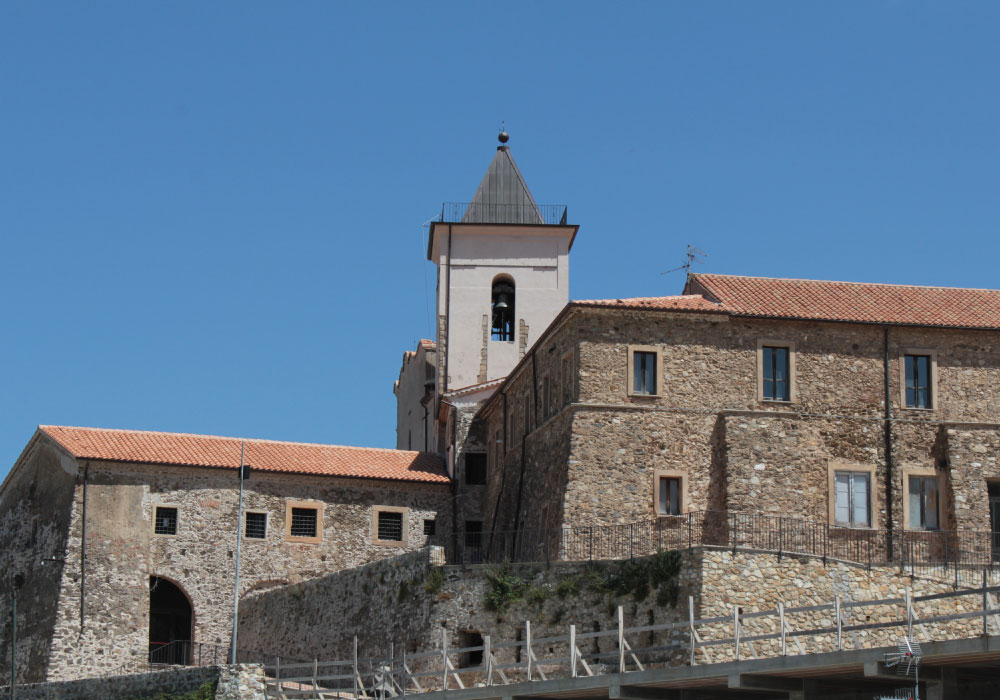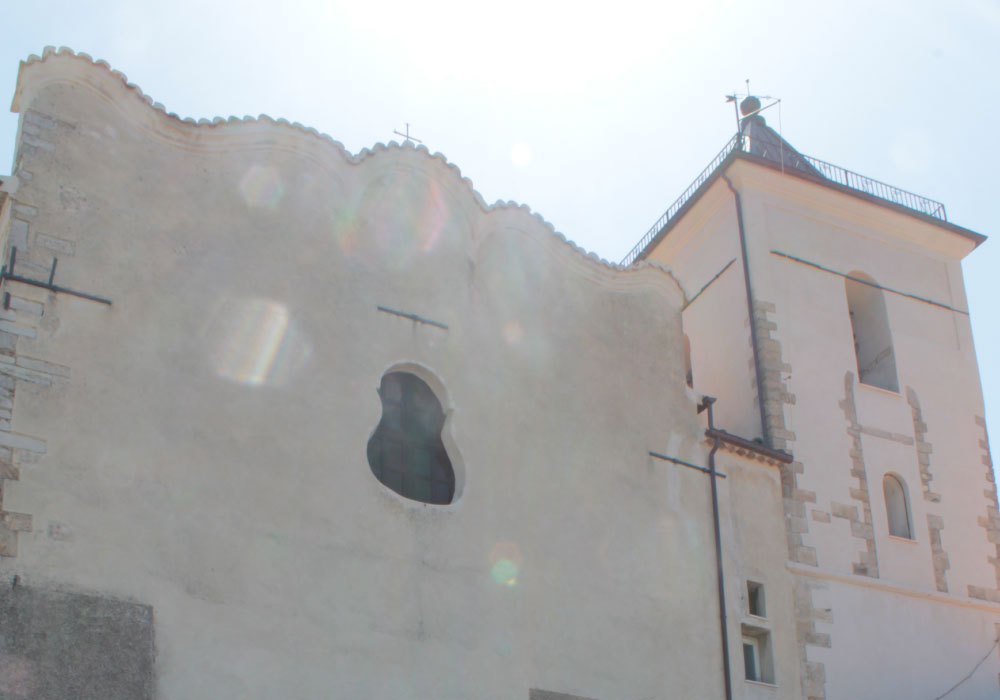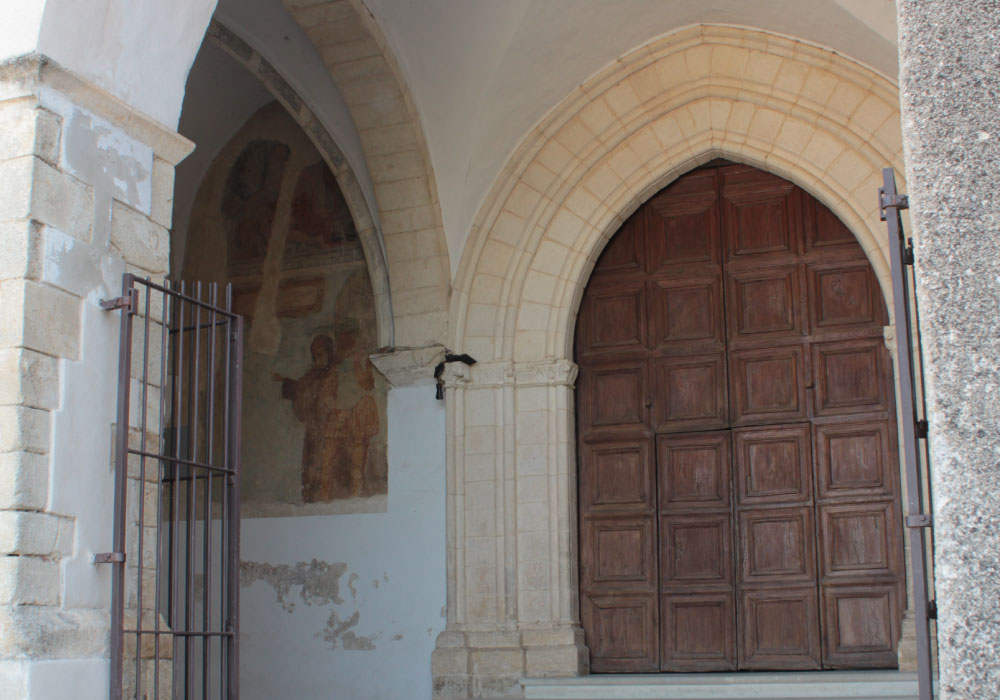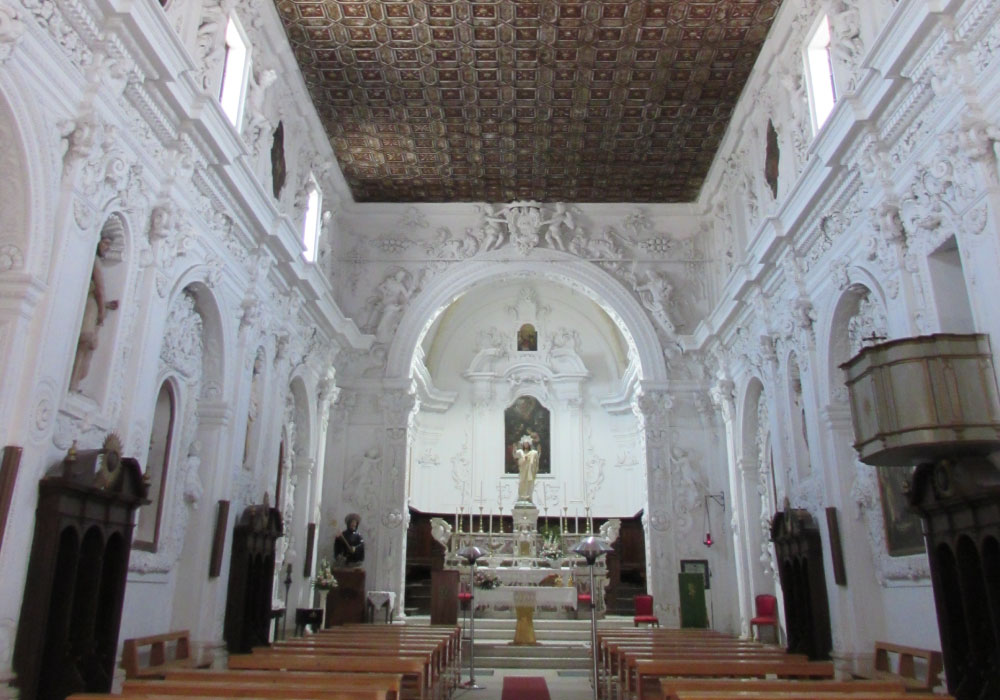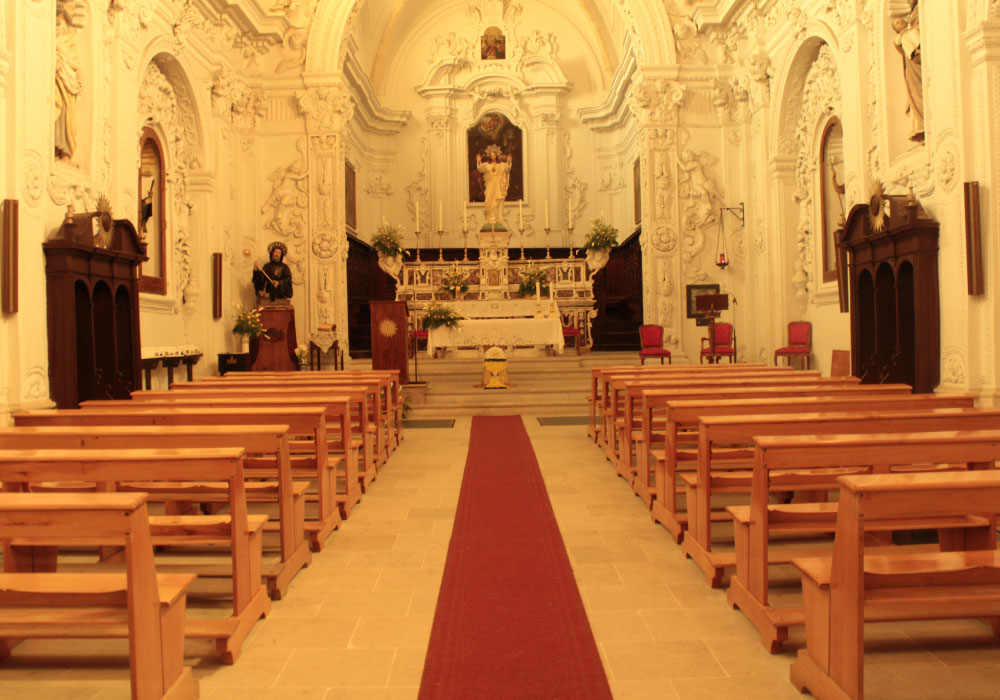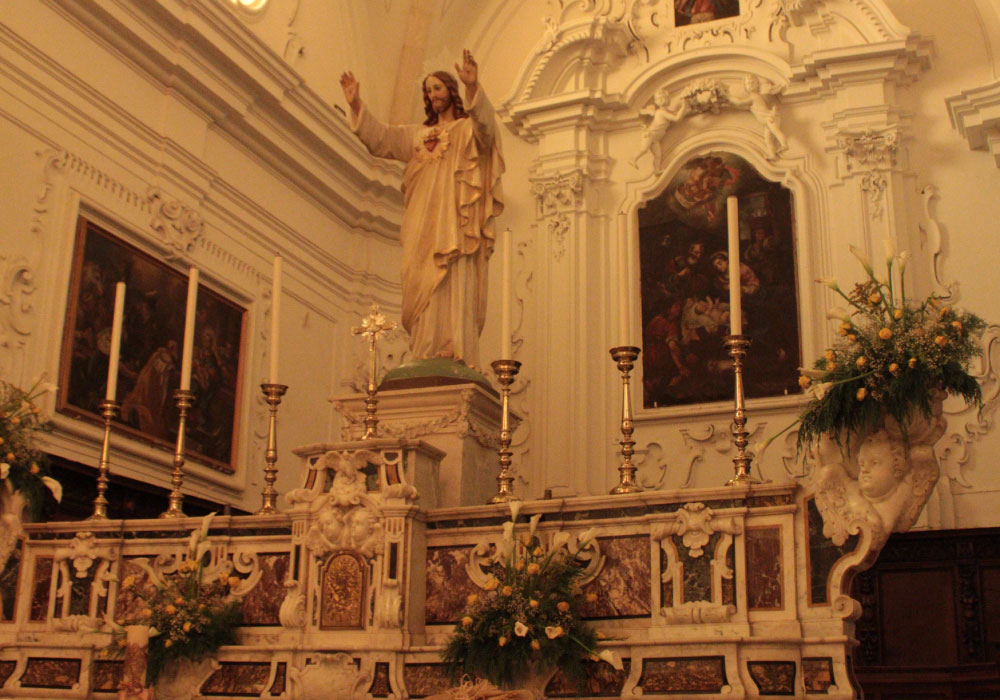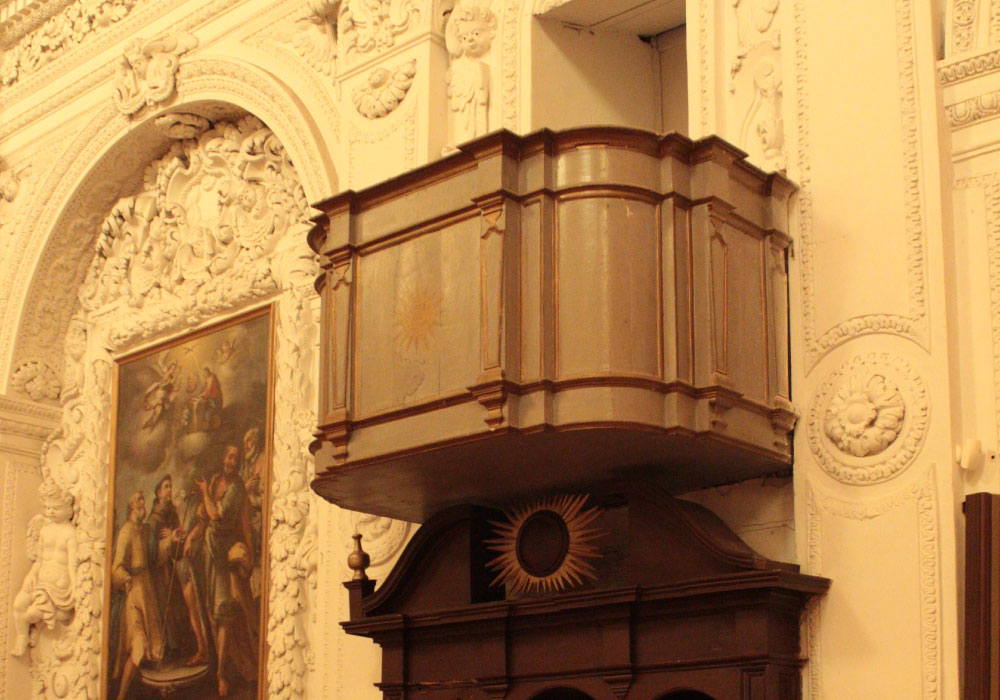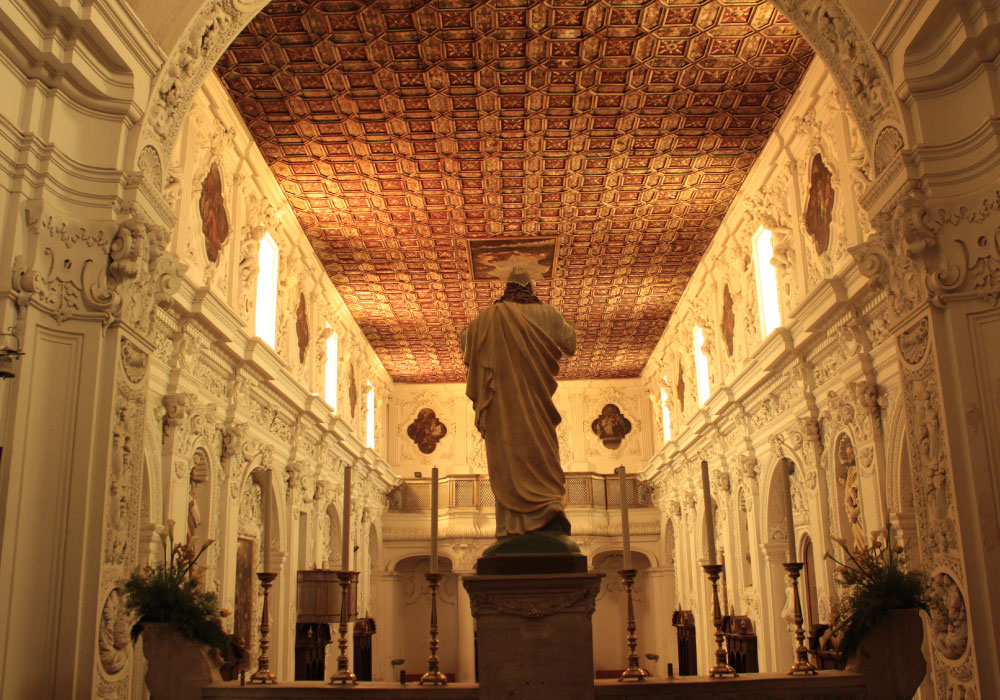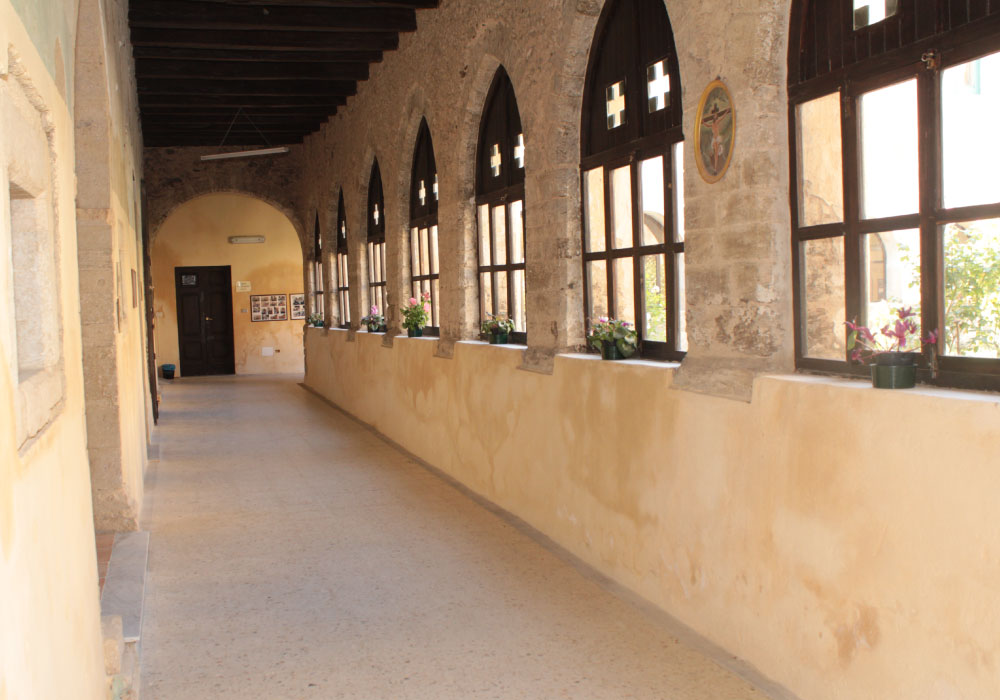Description
THE SANCTUARY OF SAN FRANCESCO DI PAOLA IN SPEZZANO DELLA SILA
The hermitage of the Holy Trinity of Spezzano, the third in chronological order built by San Francesco di Paola, was opened around 1474 immediately after the construction of that of Paterno, and before the one of Corigliano Calabro, also dedicated to the Holy Trinity. To ask for Francesco's presence at the foot of the Sila it had been the local university (this was how the municipality was called at that time), that, as a base of support, donated the existing oratory dedicated to St. Thomas. Thanks to the economic support of the population as well as that of the city's nobility, the chapel was enlarged and completed with the construction of the adjoining convent. During the execution of the works Francesco was hosted in a room in the Giudicessa palace. For a long time the oral tradition has spoken of an ideal place for its moments of prayer, but never accurately indicated its location. It seemed strange, therefore, that in Spezzano there was no trace of any cave used by the Saint as instead we find in San Marco Argentano, Paola, Paterno, Corigliano and also Tours in France. Monsignor Giuseppe Fiorini Morosini asserts that «The rediscovery of the " cave ", as a place of prayer and penance favored by San Francesco from the beginning of his hermit experience was one of the most important aspects ». This privileged place of the spirit, that the people's voice has always indicated existing, in the case of Spezzano wasn’t outside, generally in the hermitage garden, but inside a building.
CHARITY, FOUNDATION OF HIS ACTING TOWARDS THE PEOPLE OF GOD
In the difficult social reality of Spezzano della Sila Francesco fully manifested his great charity towards the least. His love for his brothers, not only of Spezzano but of the whole district, was effectivelly great. His charity always led him to respond to every daily need of man, but in the particularity of the Silano context, he reacted with greater commitment and transport so that, together with his hermits, distributed among the poor all the alms collected for the needs of the rising religious community. The great charity of the Paolano towards the least and the needy has meant that in Spezzano the devotion for San Francesco surpassed the strong one towards the Patron Saint of San Biagio.
SOME MIRACLES OPERATED DURING THE STAY IN SPEZZANO DELLA SILA
Among the various miracles attributed to the Saint, some reported by tradition as the source made to quench the thirst of the workers involved in the construction of the hermitage, we want to remember two in particular concerning conversion, at different times, of two young men who, overcome the impure passion lived so far, decided to follow Francesco by entering the Order of the Minimum: father Bernardino Otranto from Cropalati (Cosenza) and father Giovanni Cadurio from Roccabernarda (Crotone).
THE LETTER OF SAN FRANCESCO TO THE PROCURATOR OF THE HERMITAGE OF SPEZZANO
Francesco’s departure for France, dictated by obedience to the Holy Father, did not diminish his attention towards the population of Spezzano della Sila. From the distant Tour, in fact, on September 10, 1486 he addressed a letter to the Procurators of the Silan hermitage. We report it in full since it is a very important text because it clearly testifies to Francesco’s strong commitment in promoting peace, defined as the best treasure that men can have and also expresses the positive vision of merciful God that awaits us with open arms.
« To our noble and beloved Procurators [manciples], to tell them that premise recommendation, health, and peace in Jesus Christ blessed; We refer gratitude to God, and to This Venerable Clergy, to the Official, and to all the people of love, and fervor, that you brought, and bring to our Friars and, our Religion; and the great solicitude you have used, and continually use, in operating, and in permitting to built this blessed place of the Holy Trinity. Our Lord Jesus Christ, who is the highest remunerator, will give you credit for your worries, and beware of every evil, and danger, wherever you go, and you will be. We, and all of our Friars on the other side, although we are unworthy, we will always pray to the eternal God, and his son Jesus Christo, and the glorious Mother Virgin Mary, that may help you and may direct you to the health of your souls, because you have to die, and that this life is short, and it is nothing else except in the shade, which passes very quickly. Remember the passion of our Savior, and think how infinite that love was, who descended on earth, to save us others, he received many worries, and suffered hunger, cold, thirsty and hot, and all passions, how much men can suffer, refusing any punishment for our love, thinking that Our Lord Jesus Christ suffered greater troubles, and tribulations for us others. I pray you again, leave all hatreds, enmities, love peace, which is the best treasure, which peoples can have: and Our Lord Jesus Christo left no other precept for the Apostles than peace. Love for common good, help the poor orphans, widows, and chidren; know for sure, that we are near the end of the world, and that we will suffer, it is for our sins, which are great and move God in anger, and therefore correct yourselves for the future, and repent of the past, that God is merciful, and awaits us with open arms. Know that if we hide from the world, we will not be able to hide from God. Make a true and faithful confession, which thus observing as true Christians, we will have the blessing, and we will be helped by the eternal God, who mitigates the great tortures that poor Italy will receive. I am not writing anything else, except that peace may be with you, this I pray to your Procurators, for charity, please pronounce it to all the people, and especially, oh Venerable Clergy as above is said.
Written in the place of Santa Maria de Lo Patire at Turone (Tours) in France, on the day, 10 September MCCCCLXXXVI
Your unworthy orator friar Francesco minimum poor hermit of Paula.»
SPEZZANO’S CONVENT UNTIL OUR DAYS
After resisting the catastrophic telluric events that periodically affected our region, the Silan hermitage was suppressed with the subversive laws enacted by Gioacchino Murat on August 7, 1809. The building, by the decree of 29 December 1814, passed under concession of the Town Hall which used it as the seat of the peace justice offices, prisons and municipal establishments. After the First World War and until 1928, the building was used as a woolen spinning mill.
After the Second World War, however, some rooms hosted the Middle School which, at the time, was a detached section of the one from Cosenza in Via Rivocati. Finally it was inhabited respectively by the Canossian Sisters, by the Sisters of the Incarnate Word and by the Passionist Sisters. The remaining real estate assets, as it happened with the other suppressed convents and monasteries, was auctioned and was purchased by the already rich bourgeois. In the first months of 2016 the convent has undergone a conservative restoration; several rooms have been restored and made accessible to the civil community and to the pilgrims who, every year, crowd the celebrations in honor of the Paolano. On May 1st 2018 Monsignor Francesco Nolè, Metropolitan Archbishop of Cosenza - Bisignano, elevated the church to the Diocesan Sanctuary of San Francesco di Paola.
SHORT DESCRIPTION OF THE CHURCH AND CONVENT
The front of the church is completely remodeled, but the ribbed cross span preserved to the left of the portal is not an element to be overlooked, , constituting the only certain example of the original adoption in a portico with a vaulted roof made as an alternative to the more common wooden structure pitch. The single-nave church with an exuberant and refined blanket of eighteenth-century stuccos, with quadrangular presbytery where the late Gothic cruise is visible. On the external front of the left wall of the only current nave, the restorations have highlighted the profile of the single-lancet windows (also found on the opposite side) in addition to that of an ogival arch near the corner with the front: this element may suggest that the collateral nave also existed, unless one wishes to refer to a lateral portal. The wooden ceiling is divided into hexagonal panels with a square-shaped panel in the center which forms a coffered, completed with painted floral elements. In the choir there are a series of stalls with poster decorations decorated in relief, with large caryatids, frieze, cornice and molding of good carving, surely the work of local workers dating back to the second half of the eighteenth century. In the choir there are a series of benches with stall backs decorated in relief, with large caryatids, frieze, frame and molding of good carving, surely the work of local workers dating back to the second half of the eighteenth century. The sacristy, consisting of two rooms divided by an arch, is furnished with carved furniture, the date of 1627 is painted on the ceiling. . The massive bell tower flush with the front is a subsequent insertion, flanked by the entrance to the cloister. On the largest bell there is an inscription and the date of 1584. The portal with pointed arch is formed by two large bands of segments alternated by bulls. The same rhythm is repeated in the piers with columns and capitals decorated with different bas-reliefs in the two groups on the right and left. The cloister is made up of simple pointed arched arches on quadrangular pillars.
